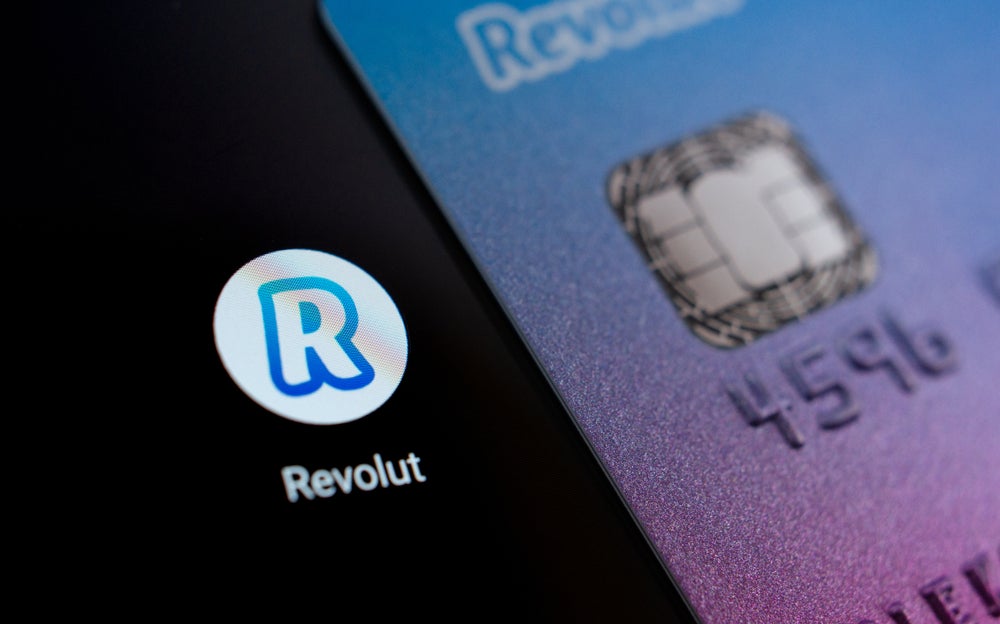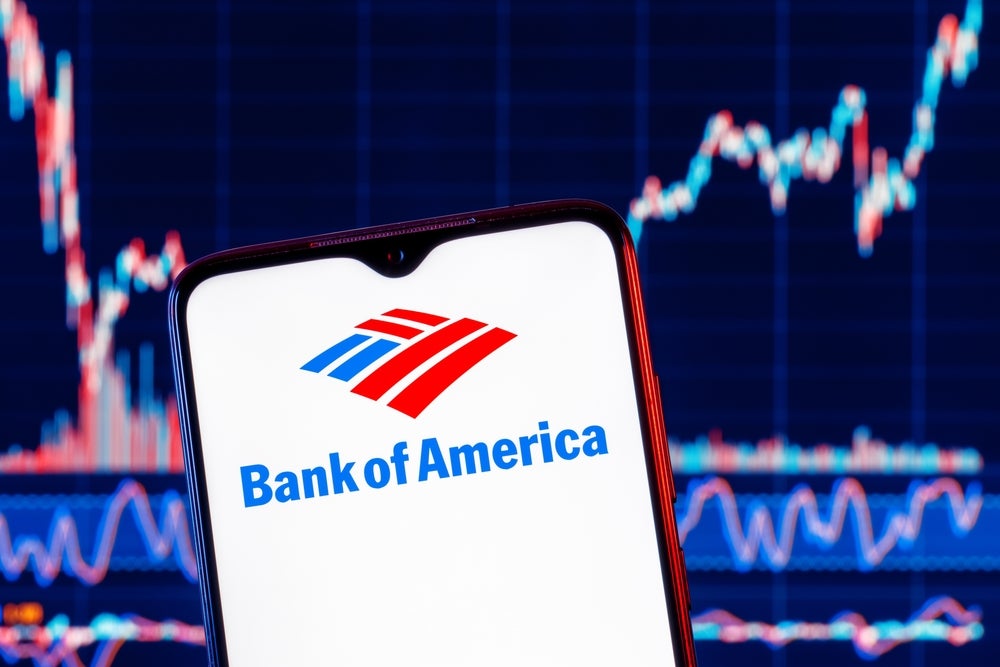Alex Sion, vice-president of financial services at SapientNitro, an interactive marketing, design and technology services agency, examines the impact of technology on retail banking. He discusses what banks can do to innovate and stay relevant as they enter into what he calls a new era of engagement banking.
There was a time, not so long ago, when community banks were the centre of civic life. First, with branches in every village and on every high street; then the ATM and, most recently, digital technology such as online banking and mobile banking came along and changed the game.
Digital channels have undoubtedly made financial transactions more efficient for both customers and banks alike, but they have also distanced banks from their customers.
Personal relationships have been cast aside in favour of more profitable, efficient and convenient digital channels. In a recent SapientNitro consumer study, 72% of customers said they did not know the name of a single person who works at their primary banking institution.
Banks have become bigger, but because of a lack of personal knowledge and understanding, risks have increased on both sides. As the global economy tanked, consumer distrust with banks swelled. And now banks, who need to re-connect on a personal level with customers, are challenged with how to re-engage customers through channels they no longer frequent or treat in a very transactional way.
How well do you really know your competitors?
Access the most comprehensive Company Profiles on the market, powered by GlobalData. Save hours of research. Gain competitive edge.

Thank you!
Your download email will arrive shortly
Not ready to buy yet? Download a free sample
We are confident about the unique quality of our Company Profiles. However, we want you to make the most beneficial decision for your business, so we offer a free sample that you can download by submitting the below form
By GlobalDataIn the middle of the economic downturn and financial legislation reform, perhaps nothing has affected the banking industry more in the past few years than the impact of this technological innovation on customer behaviour and how central technology has become in their personal lives.
In the SapientNitro consumer study, nearly half of the respondents indicated that they would do all of their banking activities via digital channels if they could. With this in mind, consider Morgan Stanleys projection that by 2013, the annual shipment of smartphones will outpace that of PCs by nearly 200m units coming from a lagging position in 2011. Stats like these point to an inevitable paradigm shift for the financial services industry in terms of marketing, distribution, service and the end-to-end client experience.
The rapid mainstream acceptance and ubiquity of smartphones, the explosion of social media websites such as Facebook and Twitter, and the mass adoption of online banking, bill paying and personal finance tools, have collectively made an indelible impact on the way customers prefer to interact with their banks.
Banks are now having to engage current and potential customers on their own terms when, where and how it is convenient for the customer, whether that is ideal for the bank or not. Now, the offshoots of the same digital technology which created personal distance are creating an opportunity for retail banks to evolve and become more engaged, while empowering consumers at the same time.
Engagement banking
Welcome to the era of engagement banking. Customers today demand personal, rich, and engaging experiences regardless of channel, including in-person contact at branches, online and mobile banking, interactive voice response systems, ATMs, direct mail, and more. The consumer is now calling the shots.
There are four key areas which banks need to look at as part of a new engagement banking model that will enable customer intimacy to be delivered at profitable scale:
- Re-inventing online banking changing a very transactional client experience into one that is more engaging, personal and emotional;
- Digital communities taking the community banking experience into the digital age as physical communities now become digital;
- The shift in marketing spend such as replacing mass media and traditional telesales or mail-driven direct marketing; and
- Re-engineering of the multi-channel customer experience re-stacking the customer experience hierarchy from branch, phone, ATM, online, mobile to the other way around.
So where is the new customer experience headed? It is going towards rich and personal online experiences, a mobile wallet, social media, branches of the future, touch-screen ATMs, personalised digital marketing, and more.
Hot new technologies, such as geotagging, augmented reality, near field communications and radio frequency identification, will enhance customer connectedness and engagement. Out of this will come opportunities for location-based merchandising and personalised marketing.
The online banking experience can also leverage personal financial management (PFM) to huge benefit. Online financial tools, such as those provided by Geezeo, Mint, Yodlee, and MoneyStrands are now playing a critical role in engaging customers.
Not only do these PFM solutions provide customers with powerful, easily accessible modeling, analysis, and transactional tools, but when executed correctly, they also can convert data into the relevant, actionable information that consumers crave.
A successful, multi-channel PFM strategy is critical to moving beyond the transaction. Furthermore, the mass adoption of mobile, mobile payments and person-to-person payments will start to shape banking in the near future.
However, the area which pushes most retail banks outside their comfort zone is the social media channel, as they are not sure how to engage successfully with influencers via this medium.
The ownership and drivers of social media typically sit within the PR/marketing department, but banks needs to start moving it towards the customer service remit, as this is where it will have most impact and engagement with consumers.
They also need to accept that there will be challenges in measuring the ROI of social media investment.
Innovative solutions such as American Express Open for small businesses, social media customer service efforts by retail banks such as Bank of America and Wells Fargo, and social savings and lending products such as Smarty Pig have all demonstrated good examples of early social media/digital experimentation, and will no doubt influence the future industry direction.
The simple truth is that banks must innovate now or be disintermediated out of existence.






